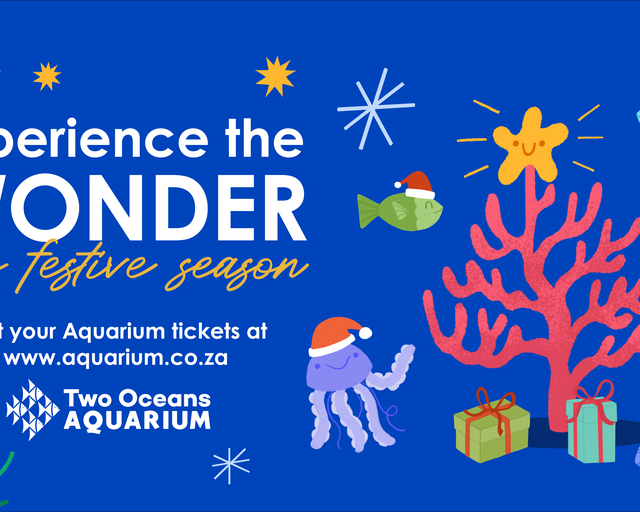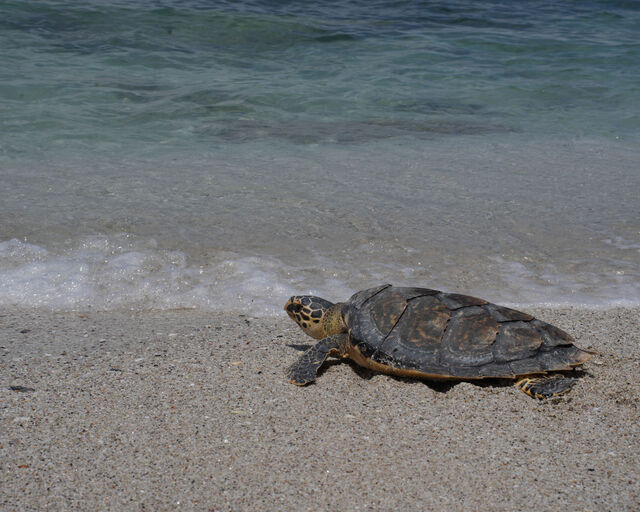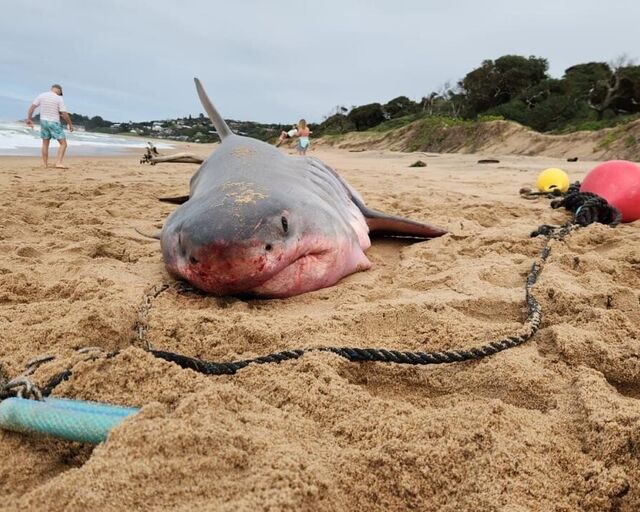Happy Otter Day: Learn about the Cape clawless otter with Wildlife Monitor Abdullah Abrahams
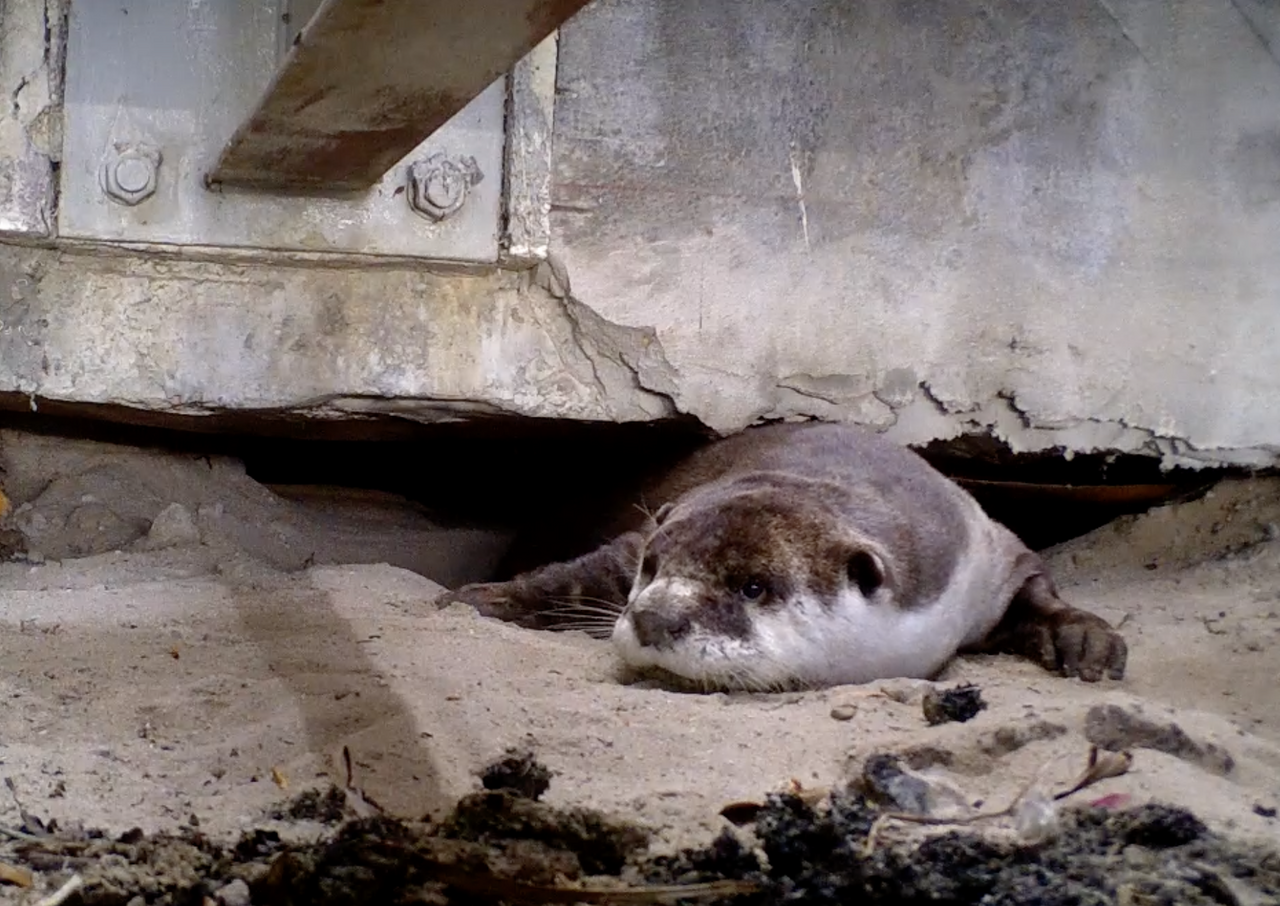
This World Otter Day, we’re celebrating the Cape clawless otters that call the V&A Waterfront area home. Through our Marine Wildlife Management Programme's Urban Otter Project, we have learnt quite a lot about these charming and fascinating mammals. On World Otter Day, who better to guide us in a crash course on urban otters than Wildlife Monitor Abdullah Abrahams?
Abdullah has been a Wildlife Monitor for our Marine Wildlife Management Programme for about three years. His focus is on the Cape clawless otter family that calls the V&A Waterfront precinct home – this work falls under our Urban Otter Project. The project began in 2022 to mitigate potential interactions between otters and humans, and doubles as a research project for the scientific study of Cape clawless otters.
On a daily basis, Abdullah keeps track of the otters as they move about the canals, monitoring their behaviour and educating members of the public about these unique mammals. He also gathers observation data by examining catch camera footage from around the precinct, checking on the otters’ use of holts (burrows), and “chaperoning” the otters themselves.
“This Otter Day, I’d like people to spend some time learning about otters. They are filled with personality and character, and have a lot to contribute to our ecosystem,” says Abdullah. So, let’s heed Abdullah’s request and learn about the Cape clawless otter.

Where do otters live?
Cape clawless otters are Africa’s most widely distributed otter species, with an impressive range that extends from southern to western Africa. Their home ranges are also quite expansive – in the Eastern Cape, a male otter’s territory could reach nearly 20km.
They are predominantly aquatic – known as marine mammals – usually preferring marine habitats like coastal rivers, estuaries, or rocky shores. Cape clawless otters never stray far from a freshwater source. Freshwater is a necessity, not just for drinking but also for rinsing their dense fur, followed by vigorous rolling in sand, grass, or reeds. Otters do not have a subcutaneous (under the skin) layer of fat like most other aquatic mammals, so they rely heavily on their thick fur to regulate their temperature. The “rinse and roll” method keeps their fur clean and maintains its thermoregulatory properties.
Interestingly, Cape clawless otters are adaptable in terms of diet. With a wide variety of prey items, these otters switch between whatever is available according to where they find themselves. They are apex predators in their ecosystems, eating anything from crabs, frogs, and insects to fish and small sharks.
What are urban otters?
During the COVID-19 pandemic, when much human activity on the V&A Waterfront shut down, our Marine Wildlife team observed a Cape clawless otter spending time in the area. This otter, later dubbed “Wizard”, soon established a small family within the canals and waterways of the V&A Waterfront precinct.
Cape clawless otters are predominantly crepuscular, meaning they are at their most active at dawn and dusk. During the pandemic, though, they changed their behaviours to take advantage of this unique situation – they foraged and explored in the middle of the day without fear of humans. This allowed the otters to solidify territories and, when activity returned post-lockdown, they remained an active presence. Thus, their “urbanisation”.
Why do the urban otters keep returning to the area?
The V&A Waterfront has created wonderful green spaces within our urban environment, and wildlife is inevitably attracted to these spaces.
“When you look around in the V&A Waterfront, you see lots of well-maintained greenery along the canals. This welcomes birds, insects, and other wildlife like Cape clawless otters. Even the waterways are full of marine life, so the otters can feed on fish, little crabs, and even shysharks. There’s plenty of food and very little danger,” says Abdullah.
Bushes and shrubs planted alongside the hotels and residences are ideal places for otters to rest, cool down, and roll in the sand. The fountains and freshwater pools are also regularly visited. Even jetties have an otter-friendly nature – otters dig safe holes, or holts, underneath them.
The presence of a situated, comfortable family of Cape clawless otters highlights the abundance of species and biodiversity within the Waterfront. The fact that these predators frequent the precinct reflects the effectiveness of creating pockets of green within the concrete jungle.
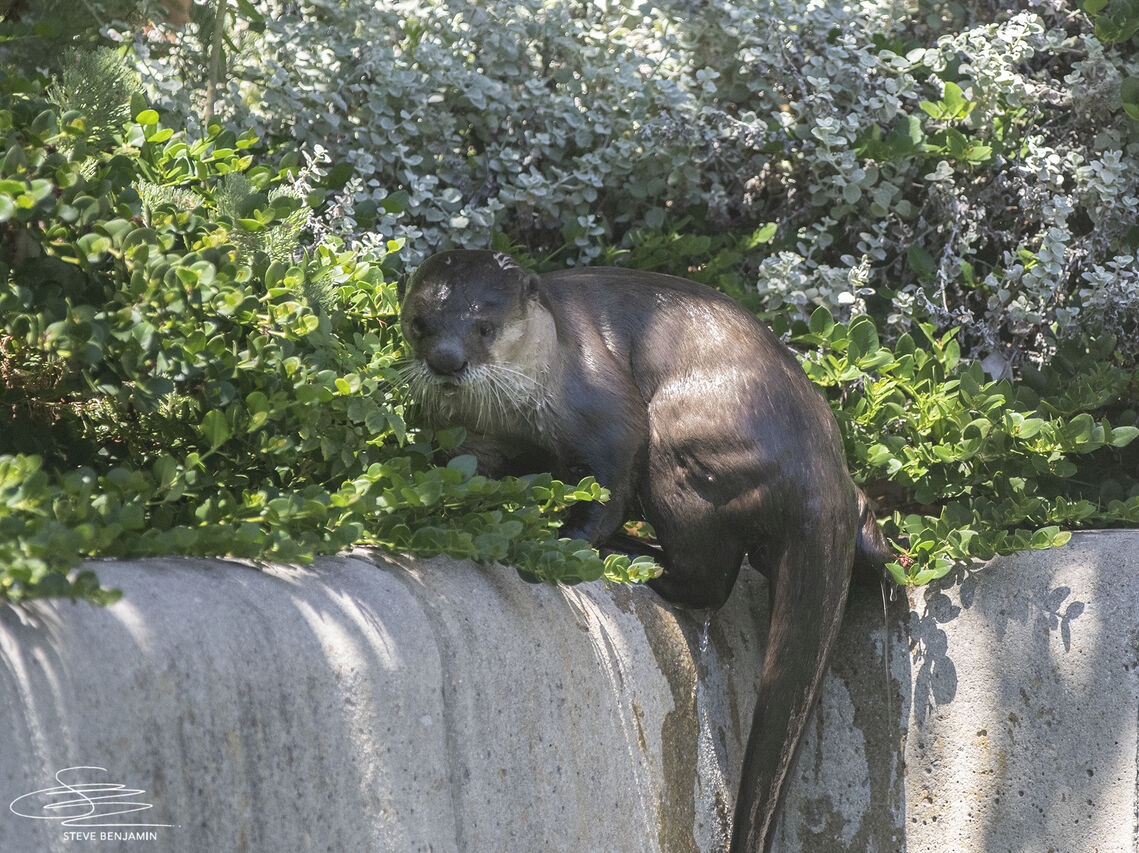
Caught on camera
As part of our Urban Otter Project, we have deployed several catch cameras in areas the otters frequent. These allow us to observe their behavioural patterns and gain deeper insight into their movements.
Abdullah checks the cameras three to four times a week – their batteries can last up to three weeks on a full charge, depending on how much they record. A few of the cameras are placed in holts, which Abdullah inspects to see how recently they’ve been visited.
“You’ll smell an otter before you see an otter,” remarks Abdullah. “They have a very particular, musky scent”.
The catch cameras have revealed some fascinating otter behaviour to our Wildlife Monitors. For example, the quirky “scat dance” in which otters stomp their back feet, lift their tails, and defecate while using a pair of anal glands to secrete their unique scent. This is considered a territory-marking behaviour.
How do otters fit into the ecosystem?
Globally, otter species are considered to be indicators of water quality and even guardians of environmental health. This is primarily because of their flexibility, wide distribution, and opportunistic and predatory nature. They can adapt to a range of habitats and diets, so when they struggle to fit in, this may indicate that the environment is an unstable one. The otters’ presence in the V&A Waterfront points towards it being a healthy ecosystem – as Abdullah says, “if otters are spending time in the area, it means that they feel safe”.
Interestingly, European otters have been used as case studies for the contamination levels in rivers in Europe. It is thought that Cape clawless otters would provide a similar insight into the state of urban rivers in Africa. This is an area of ongoing research that provides some food for thought.
As predators, otters also play a valuable role in regulating the population density of prey species like crustaceans, molluscs, and amphibians. This contributes to the stability of aquatic food webs and has an indirect influence on the distribution and abundance of other species within the ecosystem. Even their digging behaviour (using their clawless forelimbs) shapes habitat structures, providing burrows and nests for other wildlife species.
Cape clawless otters are a wonderfully unique and multifaceted part of the V&A Waterfront precinct. Their charm and cuteness are only the tip of the iceberg – in fact, these marine mammals are key indicators of ecosystem health and much more.
Related News
Sign up to our Newsletter
Receive monthly news, online courses and conservation programmes.


